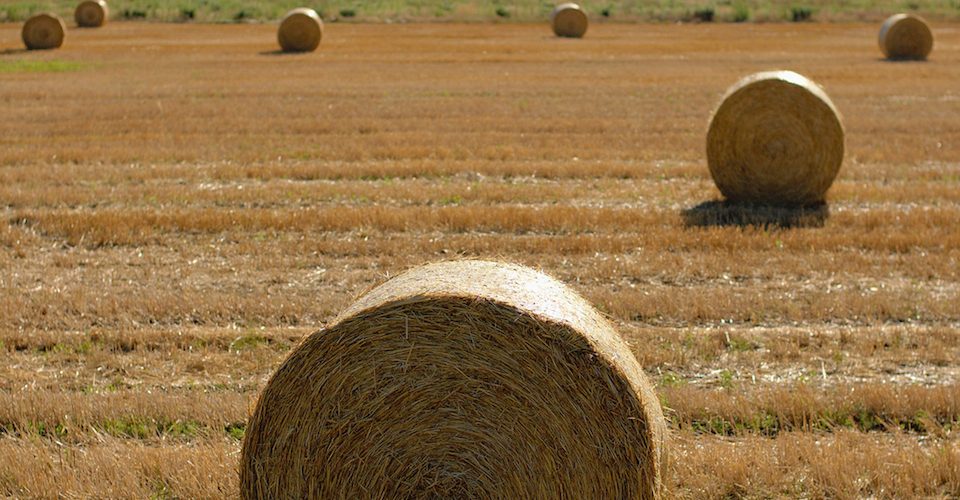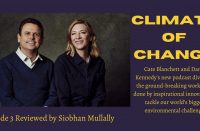Papermaking remains a thriving industry in parts of the non-Western world including India, Nepal and Egypt. In many of these locales there are efforts in place to maintain handmade paper as a viable local industry for both economic and cultural reasons. Handmade paper also often relies on local organic materials that would otherwise be considered waste. Seaweed, papyrus seeds, stems, husks and other organic matter can be blended, mashed, dried and pressed to make treeless paper easily and often beautifully.
Papermaking remains a thriving industry in parts of the non-Western world including India, Nepal and Egypt. In many of these locales there are efforts in place to maintain handmade paper as a viable local industry for both economic and cultural reasons. Handmade paper also often relies on local organic materials that would otherwise be considered waste. Seaweed, papyrus seeds, stems, husks and other organic matter can be blended, mashed, dried and pressed to make treeless paper easily and often beautifully.
The Egyptians also used papyrus for sandals, boats, baskets and a number of other applications because it was cheap, abundant, easy to work with and infinitely renewable as a free byproduct gathered from the banks of the Nile. Artist and social activist Mohamed Abou El Naga still works in the handmade paper industry in his hometown, Alexandria, Egypt. In 2005 he launched El Nafeza for Contemporary Art and Development in Cairo to revive the paper making industry by using agricultural waste as his raw material in his country.
Tree-based pulp papermaking is also an ancient industry which originated in China as a means of using readily available and renewable resources. But, unlike the papyrus paper industry, tree-based pulp paper succeeded wildly as a global industry, with massive negative environmental repercussions as a result. Irresponsible harvesting, damaging production methods and a web of collateral damage ranging from deforestation to toxic rivers created by manufacturing runoff are just a few of the many negative byproducts of pulp papermaking’s industrial-scale success.
While a recent rise in environmental awareness and associated environmental lobbying has created increased government regulation of the paper industry in Canada and worldwide, the “paperless office” is still elusive and we continue to use more and more paper despite our mass digitization of information and stated desires to go paperless. The perceived ease of recycling paper facilitates our growing negligent behavior, to the point that we are increasing net paper usage as we re-use and recycle our way into a deeper chasm of guilt-free waste.
Enter Manitoba-based Prairie Paper Ventures Inc. (formerly Prairie Pulp & Paper Inc.). Every year, millions of acres of leftover wheat straw and other agricultural byproducts remain in the fields after harvesting on the Prairies. This “waste” material normally has to be disposed of by being burned (“stubble burning”) or landfilled by farmers at their own cost. Jeff Golfman, the founder of Prairie Paper, saw this cache of straw as an untapped resource that could generate new uses for Manitoban agricultural products while concurrently slowing the decimation of trees for paper – a local solution to a global problem.
Prairie Paper’s solution would not only eliminate all this waste, but also provide farmers with another source of income. An entirely new industry could emerge from the Prairies’ leftovers. The Harper government saw this too and offered $1.2-million dollars to develop wheat and flax opportunities for several Manitoban businesses in 2012. This initiative built upon previous funding, including a base $50-million dollar Agriculture Innovation Program launched as part of Canada’s Economic Action Plan in 2011.
Support also came in the form of a very vocal celebrity endorsement from Hunger Games star and social activist Woody Harrelson, just as Prairie paper’s research was coming to fruition with a shelf-ready product in hand. With Woody’s help, the company made it to the popular press.
Prairie Paper Ventures Inc. currently has patents pending on its wheat straw processing method and has the potential to establish Canada as an international leader in an emerging industrially-scaled ag-fibre paper industry. They are conducting commercial scale prototype testing, continuing to research and focusing on constructing a major mill within the upcoming years. As reported in the Winnipeg Free Press, “If successful, the company plans to build North America’s first commercial-scale non-wood pulp and paper mill in rural Manitoba. The facility would produce 200,000 tonnes of paper annually and employ 300 to 500 people.”
Transforming an entire global industry is no small project, but Prairie Paper is making great strides. Their first commercially available product, Step Forward Paper, is available now at Staples in both Canada and the US. Woody Harrelson also continues to happily lend his fame and face to the ongoing success of the project as well. I can even picture Woody in character as Haymitch Abernathy saying, “and may the odds be ever in Prairie Paper’s favor” while he salutes the company and sends it off to battle an industry where the odds are not good, but the battle is truly worth fighting.
Eric Nay is an architect, designer, artist and a professor at OCAD University. His blog, Made in Canada, profiles examples of Canadian design innovation, including sustainable buildings and design, craft practices and innovative businesses across the country.













